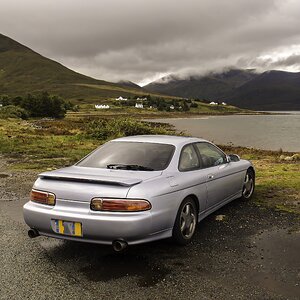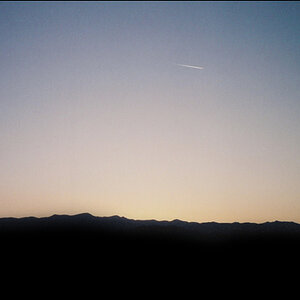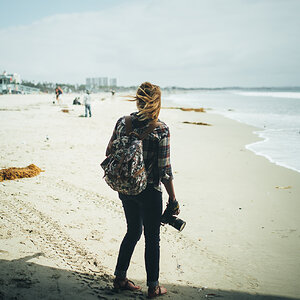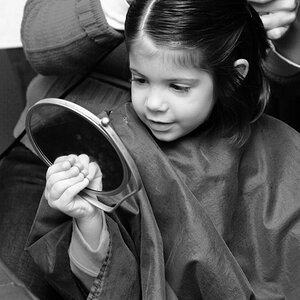Jixii1270
TPF Noob!
- Joined
- Apr 15, 2018
- Messages
- 1
- Reaction score
- 0
- Can others edit my Photos
- Photos NOT OK to edit
I am new in the photography world (3 months), and I am looking to buy a Speedlite/flash, but I have no clue what I am looking for. I currently have a Canon T7i with a 50mm 1.8, 85mm 1.8, 10-18MM 4.5-5.6 and an 18-55mm 3.5-5.6. I'm still learning, but I find that I love portraits and street/urban photography.
My question is what kind of Speedlite do I get, what do I look for in a Speedlite/flash.
My question is what kind of Speedlite do I get, what do I look for in a Speedlite/flash.


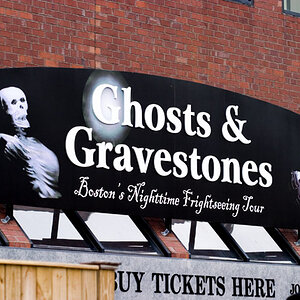
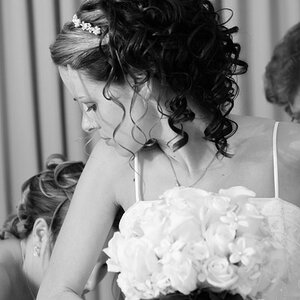
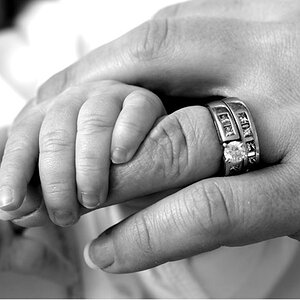

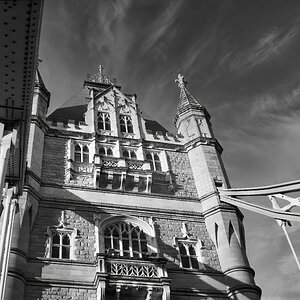

![[No title]](/data/xfmg/thumbnail/39/39645-11fae384f9fd2ec2813acc42adec0206.jpg?1619739148)
